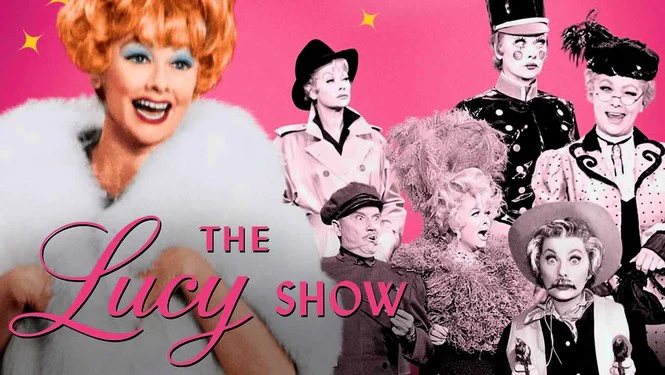In the summer of 1969, against the backdrop of a nation in flux and a burgeoning counterculture movement, a defining moment in music history unfolded on a dairy farm in upstate New York. Woodstock, billed as "An Aquarian Exposition: 3 Days of Peace & Music," brought together half a million people in a celebration of music, love, and freedom. Amidst the iconic performances and communal spirit, the fashion of Woodstock emerged as a visual manifesto of rebellion—a kaleidoscope of tie-dye, fringe, and unapologetic self-expression that reflected the ethos of the era. Through vintage photographs taken at the festival, we can glimpse into the vibrant tapestry of Woodstock fashion, capturing the essence of a generation determined to defy convention and forge its own path.

To grasp the significance of the fashion at Woodstock, one must first understand the zeitgeist of the late 1960s. It was a time of fervent activism, fueled by disillusionment with the status quo, opposition to the Vietnam War, and a fervent desire for societal change. Against this backdrop, the countercultural movement, embodied by the hippie ethos, emerged as a beacon of resistance to authority and a champion of peace, love, and communal living.
Woodstock encapsulated the spirit of this era—a gathering of hundreds of thousands of individuals seeking refuge from the chaos of the outside world, united by a shared love of music, camaraderie, and a vision of a more harmonious society. And woven into the fabric of this cultural phenomenon was the fashion that adorned the bodies of its attendees—a tapestry of color, texture, and audacity that mirrored the rebellious spirit of the times.

At the heart of Woodstock fashion was tie-dye—an emblem of psychedelic rebellion that transformed plain garments into kaleidoscopic canvases of self-expression. Born out of the DIY ethos of the counterculture, tie-dye allowed individuals to infuse their clothing with bursts of vibrant color and swirling patterns, mirroring the kaleidoscopic visions experienced under the influence of mind-expanding substances.
Tie-dye shirts, dresses, and bandanas were ubiquitous at Woodstock, serving as a visual shorthand for the spirit of freedom and experimentation that permeated the festival grounds. From bold primaries to swirling pastels, each tie-dye creation was a testament to the individuality and creativity of its wearer—a rejection of mass-produced conformity in favor of handcrafted authenticity.

Beyond tie-dye, fringe emerged as another hallmark of Woodstock fashion—a nod to the romanticized imagery of the American frontier and a celebration of movement and fluidity. Fringed vests, jackets, and skirts swayed in the breeze as festival-goers danced to the pulsating rhythms of rock 'n' roll, imbuing their attire with an air of bohemian whimsy and untamed rebellion.
Inspired by Native American and cowboy aesthetics, fringe became a symbol of liberation—a tangible expression of the desire to break free from the constraints of societal norms and embrace a more authentic, nomadic way of life. With each swish and sway, wearers of fringe garments asserted their autonomy and defiance—a silent declaration of their refusal to be confined by the rigid structures of mainstream culture.

Woodstock fashion also provided a platform for the exploration and subversion of gender norms—a rejection of the rigid binaries that confined individuals to narrow roles and expectations. Men adorned themselves in flowing shirts, embroidered tunics, and jewelry traditionally associated with femininity, while women embraced menswear-inspired looks, donning tailored trousers, oversized shirts, and fedora hats with aplomb.
These sartorial choices were more than just fashion statements—they were acts of defiance against the gendered constraints that confined individuals to predetermined roles and identities. By blurring the lines between masculine and feminine attire, Woodstock attendees challenged societal expectations and paved the way for a more inclusive and fluid understanding of gender expression.

Although Woodstock lasted just three days, its impact on fashion and culture reverberated far beyond the confines of Max Yasgur's farm. The rebellious spirit and audacious style of Woodstock '69 became emblematic of an era defined by rebellion, creativity, and a yearning for freedom—a legacy that continues to inspire generations of artists, designers, and free spirits.
Today, the influence of Woodstock fashion can be seen in everything from festival wear to high fashion runways, with designers and brands drawing inspiration from its eclectic mix of color, texture, and countercultural ethos. Tie-dye remains a perennial favorite, experiencing periodic revivals that speak to its enduring appeal and timeless relevance.

But perhaps more importantly, the fashion of Woodstock serves as a reminder of the power of clothing to transcend mere adornment and become a form of protest, expression, and solidarity. In an age marked by conformity and consumerism, the spirit of Woodstock '69 beckons us to embrace our individuality, reject the status quo, and dare to dream of a world where freedom, love, and self-expression reign supreme.
(See more photos below)

























